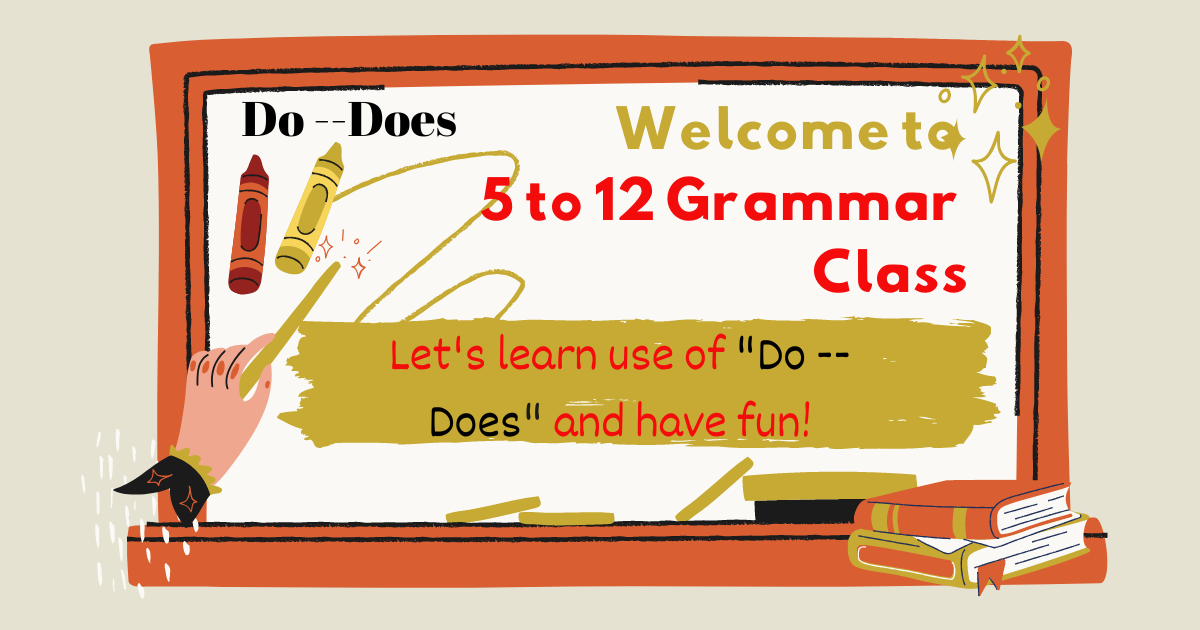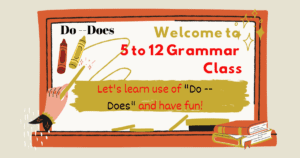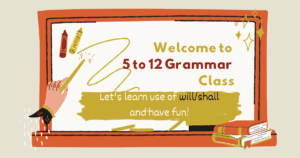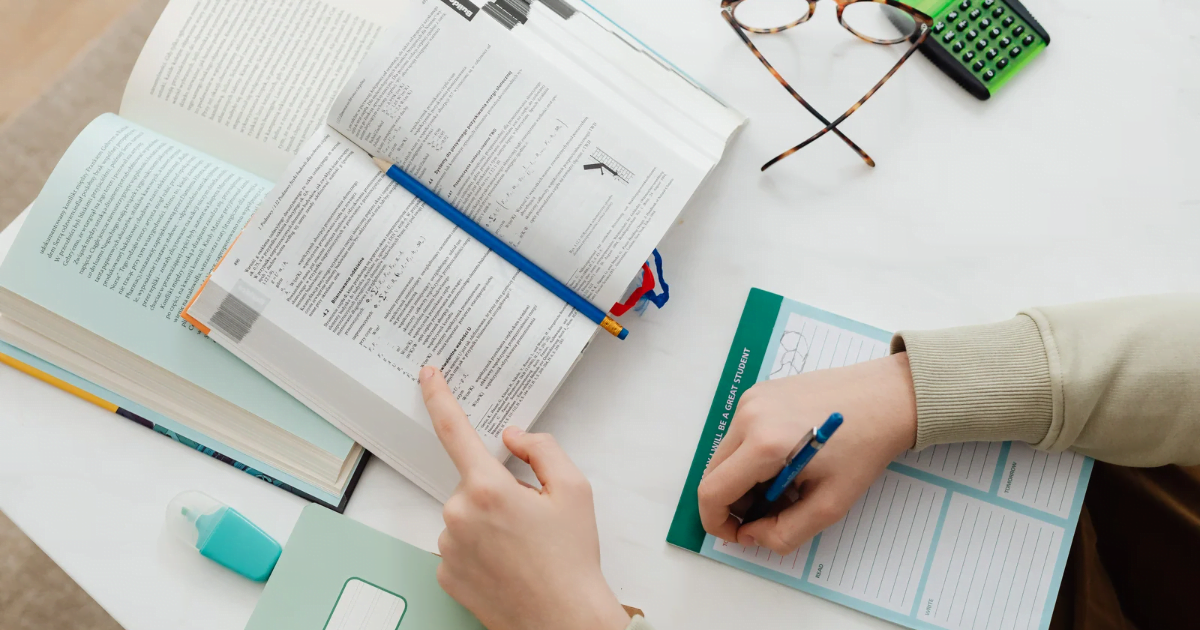have been /has been चा वापर सहाय्यकारी क्रियापद म्हणून कसा करावा
How to use have been /has been as helping verb.
In this article we’re going to know how to use “have been/has been” as a helping verb (auxiliary) with the help of some sentences.
आपण या अगोदर have/has चा वापर मूळ क्रियापद म्हणून कसा करावा याचा अभ्यास केलेला आहे.
आजच्या सदरामध्ये आपण have been /has been चा वापर सहाय्यकारी क्रियापद म्हणून कसा करावा याविषयी माहिती घेणार आहोत.
क्रिया काही काळापासून नित्य घडत आलेली आहे व ती पुढेही घडणार आहे हे दाखवण्यासाठी have been /has been चा वापर करावा लागतो.
1. have beenचा वापर
कर्ता जर एकवचनी प्रथमपुरुष( I ) व द्वितीयपुरुष( You )असेल तर व अनेकवचनी कर्ता असेल have been चा वापर होतो..
”””””””””””””””””””””””””’
How to use “have been” in Affirmative sentences
Sub.+ have been + v +ing
1. I have been bringing.
2. I have been singing.
3. You have been neglecting.
4. You have been co-operating.
5. They have been enjoying.
6. They have been handling.
7. You have been advising.
8. Vedant and Janhavi have been donating.
9. Prashant and Sonali have been consulting.
10. You have been maintaining.
11. We have been trying.
””””””””””””””””””””””””””””””””’
How to use “have been” in Negative sentences
Subject + haven’t been + v + ing
1. I haven’t been bringing.
2. I haven’t been singing.
3. You haven’t been neglecting.
4. You haven’t been co-operating.
5. They haven’t been enjoying.
6. They haven’t been handling.
7. You haven’t been advising.
8. Vedant and Janhavi haven’t been donating.
9. Prashant and Sonali haven’t been consulting.
10. You haven’t been maintaining
11. We haven’t been trying.
”””””””””””””””””””””””””””””’
How to use “have been” in Interrogative sentences
Have/Haven’t + subject + been + V+ing
1. Have I been taking ?
2. Have I been discussing ?
3. Have you been operating ?
4. Haven’t you been studying ?
5. Haven’t they been begining ?
6. Have they been promising ?
7. You have been submitting ?
8. Haven’t Vedant and Janhavi been inviting ?
9. Have Prashant and Sonali been replying ?
10. Have You been demanding ?
11. Have we been announcing ?
”””””””””””””””””””””””””””’
2.Has been चा वापर..
कर्ता एकवचनी तृतीयपुरुषी he,she,it असेल तर has been वापरतात.
How to use “has been” in Affirmative sentences
Subject + has + been +V+ing
She has been selecting.
Janhavi has been repeating.
He has been operating.
Vedant has been inviting.
It has been crying.
Ganesh has been replying.
He has been submitting.
Sonali has been demanding .
She has been working.
””””””””””””””””””””””””””””””’
How to use “has been” in Negative sentences
Subject + hasn’t been + V +in
She hasn’t been advertising.
Janhavi hasn’t been directing.
He hasn’t been replying.
Vedant hasn’t been announcing.
It hasn’t been coming.
Lion hasn’t been roaring.
Ganesh hasn’t been concentrating.
He hasn’t been co-operating.
Sonali hasn’t been discussing.
She hasn’t been submitting.
””””””””””””””””””””””””””””’
How to use “has been” in Interrogative sentences (questions)
Has/Hasn’t + subject + been + V+ing ?
Has she been advertising?
Has Janhavi been directing?
Has he been replying ?
Has Vedant been announcing ?
Has it been coming ?
Hasn’t lion been roaring ?
Has Ganesh been concentrating ?
Hasn’t he been co-operating ?
Has Sonali been discussing ?
Hasn’t she been submitting ?
”””””””””””””””””””””””””””
अशाच पद्धतीची इंग्रजी व्याकरण व इंग्रजी स्पिकिंग साठी आवश्यक असणारी पायाभूत माहिती मिळविण्यासाठी आमच्या वेबसाईटला विजीट करा.
https://5to12grammarclass.com/










